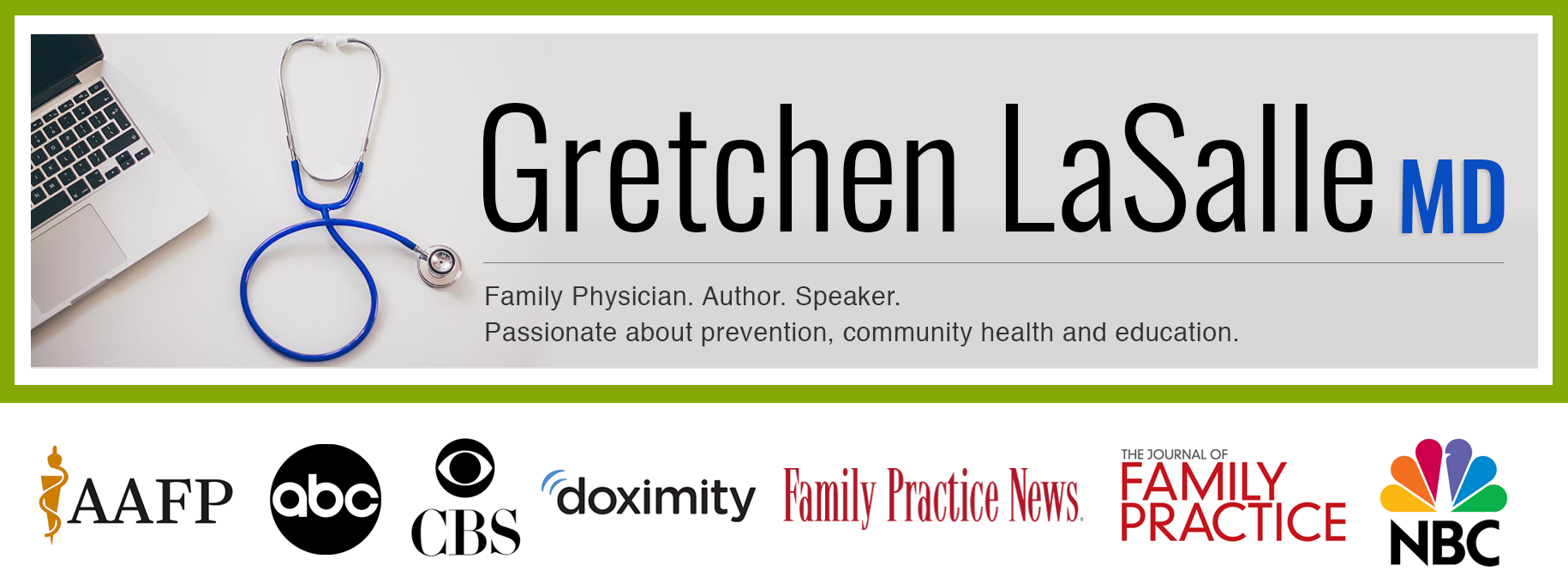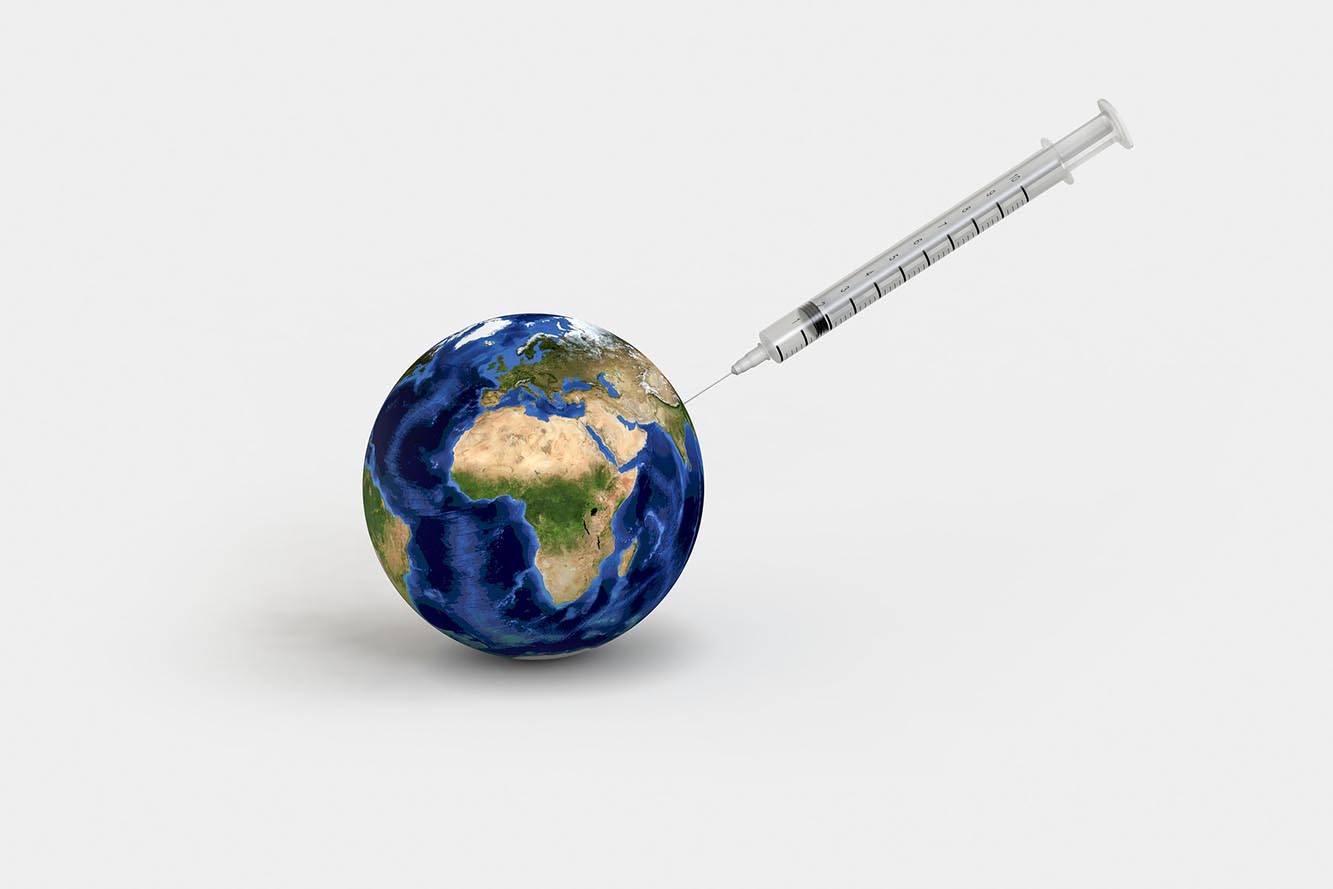We’ve had Flu 101 and HPV 101 and it seems we now desperately need Measles 101. Despite the fact that we have one of the safest and most effective vaccination programs in the world, we are beginning to see return of vaccine-preventable disease. And measles is the mother of all vaccine-preventable diseases.
And let’s just get this out of the way, because I have seen comments on social media about immigrants bringing these diseases into our country. This is a home grown issue. With international travel as easy as it is these days, our own people, who have chosen not to vaccinate, are picking up diseases in other countries and bringing them back to the U.S. where they spread like wildfire in unvaccinated or under-vaccinated communities. Our neighbors to the south often have better rates of immunization than we do. If we, as a community, were fully vaccinated we wouldn’t have to worry about who was crossing our borders or who’s borders we were crossing.
How is that poorer countries than ours can have better immunization rates, you ask? It is because they know the deadly consequences of disease and jump at the chance to prevent loss of life. While we, in the United States, a relatively affluent country whose members may be able to afford to take time off of work and can afford the medical bills if our child ends up in the hospital, have become complacent. The United States ranks 98th in youth vaccination rates, behind countries like Nicaragua, Cuba, and Argentina. Iran has better immunization rates than we do. (1) The anti-vaccine movement is one of relative wealth. This, my friends, is “rich people problems”. Because we don’t see diseases like measles and mumps very often any more, we are no longer scared of the devastation that they can cause. I can guarantee you that if Ebola came knocking at our door and people were bleeding out of their eyeballs and dying left and right, even those who are against vaccines would be lining up for a shot.
Okay, back to measles…
The Statistics
Before a vaccine became available in 1963, 3-4 million people got measles each year in the United States. Among these, 48,000 people were hospitalized, 1,000 suffered from encephalitis (an inflammation of the brain that can cause permanent brain damage) and 400-500 people died. (2) Since introduction of the measles vaccine, we have seen greater than a 99% reduction in cases of measles and, in 2000, the disease was declared no longer endemic (originating) in the United States. However, since that time we have seen a rise in vaccine refusal and are beginning to see recurrence of this devastating disease. Just over the the last few years we’ve seen measles outbreaks in Minnesota, New York and New Jersey, and now in Washington and Oregon. And the majority of the cases are seen in unvaccinated individuals. In Europe, there were nearly 60,000 cases of measles and nearly 40 deaths in 2018. (3) If we don’t get better about vaccinating our children and ourselves, we could see numbers approaching Europe’s disease rates appearing in the United States.
A Frightening Disease
Measles is so frightening, not only because of the seriousness of disease, but because it is so contagious. One sick person has the potential to infect up to 18 other people. The disease can be transmitted up to four days before the classic rash appears and for up to four days after. It is spread through respiratory droplets (sneezing, coughing, etc.) but the virus can linger in the air for up to 2 hours. This means that someone can walk into a room where an infected person has been and still catch the virus. No direct contact is necessary. This is why it is so worrisome that those infected in Washington and Oregon have visited places like the airport, Costco, and professional basketball games during their illness. Thousands could have been exposed.
What’s all the Fuss?
Let’s talk about some of the reasons that people are choosing not to vaccinate.
- Some people think that measles “isn’t that serious.”
- This just isn’t true. Of those that contract measles, 1 in 4 will have to be hospitalized, 1 in 1000 will develop encephalitis, and 1-2 in 1000 will die from the illness. And of those that survive, approximately 1 in 10,000 will develop Subacute Sclerosing PanEncephalitis (SSPE), a measles-related universally fatal neurodegenerative condition that appears 7-10 years after measles infection and is more common in children who acquire the virus before age 2. (4)
- Some still worry about a link between the MMR vaccine and autism, or “mercury in vaccines” and autism, or the number of vaccines and autism.
- The claim of a relationship between the MMR vaccine and development of autism was based on a faulty 1998 study that included only 12 children. Since then, numerous studies, involving hundreds of thousands of children, have shown NO link between the MMR vaccine and autism. (5)
- Likewise, there is no association between mercury (Ethyl mercury was contained in some vaccines in the form of Thimerosal) and autism. In fact, since Thimerosal was removed from all vaccines but the multi-dose flu in 2001, the rates of autism have increased. Not what you would expect if there were a link between Thimerosal and autism.
- The number of antigens (viral or bacterial proteins) that children are exposed to from vaccines is just a drop in the bucket compared to what they are exposed to in their day to day lives as inhabitants of the planet. And the number of immune-stimulating antigens in vaccines today (fewer than 200) is significantly less than the number in vaccines given, for example, in the 1980s (when there were over 3000 antigens in that series of vaccines). (6) If the “too many, too soon” argument were true, we would expect that autism rates would have been higher in the earlier days of vaccines when they were less refined and had a greater number of antigens.
- Some people worry about exposing their children to all of the “toxins” in vaccines.
- Well, debunking the myth that the “stuff” in vaccines is “toxic” could take a whole other blog post.
- I’ll just take this moment to remind everyone that adjuvants (substances, such as aluminum, that are used to increase the immune response to vaccines) are only used in killed virus vaccines. They are unnecessary in live-attenuated/weakened vaccines because they are potent enough on their own to induce a strong immune response. The MMR vaccine is a live-attenuated/weakened virus. It has no aluminum.
- There is no formaldehyde in the MMR vaccines. Even if there was, there is more formaldehyde in our blood streams naturally (because our bodies produce formaldehyde for use in cellular processes) than we get from any series of vaccines.
So What Can You Do to Protect Yourself and Your Family?
- Get your children vaccinated on schedule. This is the best way to protect them from potentially deadly diseases.
- If you were born before 1957, you are presumed to be immune to measles, mumps, and rubella. You most likely were exposed to these illnesses as a child.
- If you were born after 1957, however, you need to make sure that your immunity is up to snuff. In the early days of measles vaccination, only one MMR vaccine was initially recommended and this provided only 93% protection from measles. In 1989, the Advisory Committee on Immunization Practices (ACIP) recommended that all children receive a second dose of MMR vaccine, increasing immunity up to 97%. (7) If you are an adult born between 1957 and 1989, you may be inadequately protected.
- Particularly if you are in a state where there is a current measles outbreak, you should consider checking your immunity (you can have titers drawn that will tell you if you have adequate immunity to measles, mumps, and rubella). Alternatively, you could just get an MMR booster.
After reading this post, if you are still left with questions or concerns, please talk to your provider. Don’t let fear stop you from protecting yourself, your loved ones, and your community.
-
-
- Https://www.worldsatlas.com/articles/immunization-against-preventable-disease-the-highest-rates-of-youth-vaccination-worldwide.html
- Https://www.cdc.gov/measles/about/history.html
- https://www.theguardian.com/world/2018/dec/21/measles-cases-at-highest-for-20-years-in-europe-as-anti-vaccine-movement-grows
- https://www.ncbi.nlm.nih.gov/pmc/articles/PMC6027681/
- https://www.healthychildren.org/English/safety-prevention/immunizations/Pages/Vaccine-Studies-Examine-the-Evidence.aspx
- https://vaxopedia.org/2016/09/07/antigens-in-vaccines/
- https://academic.oup.com/jid/article/189/Supplement_1/S98/825170
-


Beautifully explained, thank you Dr. LaSalle. Having witnessed otherwise healthy young people die from this preventable disease (back in the late ’80s during my medical school years), this story has faces and names in my memory. Please vaccinate.
Nice summary. I would also add that the MMR vaccine never even contained thimeriosal.
Yes! Good point!
I am a pediatrician. I thought that second measles dose was recommended in 1989 and added to the regular schedule in 1996. I know, because I went to college in 1989 and got a second dose then. Great article BTW. Thanks!
Thanks Erika! You are totally right. Where did I get 1998? Maybe that was a swapping of numbers 89 to 98? I will correct! Thanks for fighting the good fight!
Your percentages are way off. You mentioned that 3-4 million cases had approx 400-500 deaths. Thats not 1 in 1000 deaths. That is 0.0001% of people that contract measles will die. Same goes for the hospitalizations. 1in 4 would be 25% . But your earlier statistics show 0.01-0.02 percent. Makes no sense. Please explain
Hi Eve,
The best resource I have found for disease statistics in the US is the Center for Disease Control and Prevention. You can read info about measles statistics here: https://www.cdc.gov/vaccines/pubs/pinkbook/measles.html.